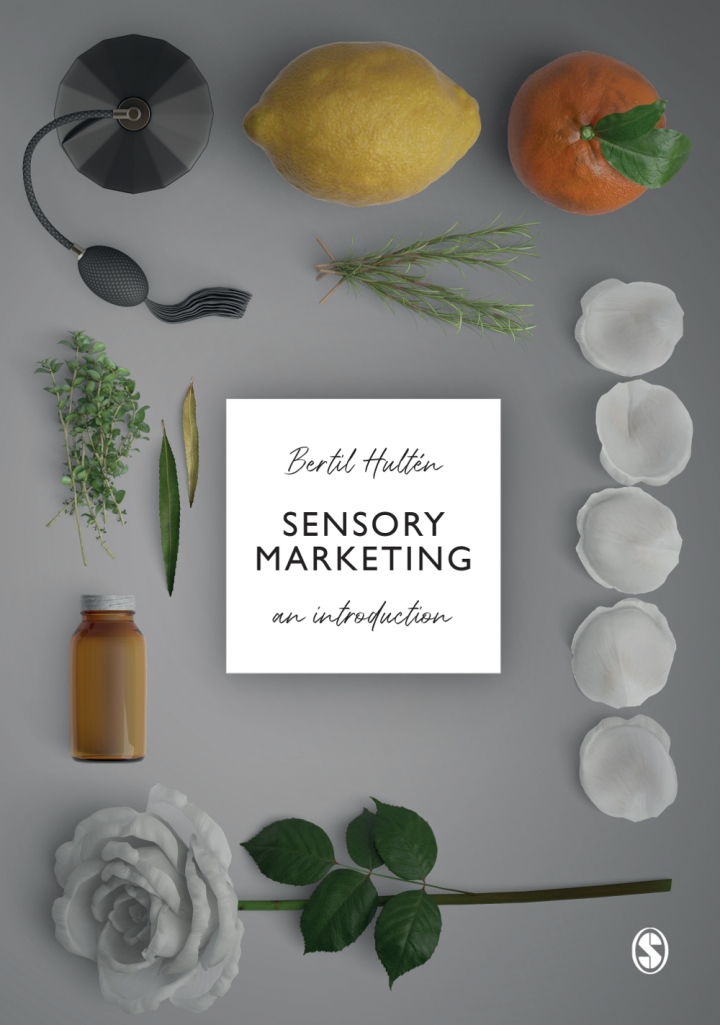
Sensory Marketing 1st Edition An Introduction
PUBLISHER: Sage
Trường ĐH, Nhóm, Thư Viện: Gọi 0915920514 để báo giá eBook hosting trên Vital Source hoặc mua Sách In
Tiếp thị cảm giácĐược viết bởi Bertil Hultén, một trong những giáo sư hàng đầu thế giới về tiếp thị cảm giác, cuốn sách này giải thích một cách xuất sắc các kỹ thuật mà qua đó trải nghiệm cảm giác có thể được tạo ra để bao quanh người tiêu dùng. Trải nghiệm giác quan kết hợp không chỉ để tăng cơ hội bán hàng ngay lập tức mà còn ảnh hưởng đến nhận thức về sản phẩm, từ đó tạo ra cơ hội quay lại của khách hàng và lòng trung thành với thương hiệu trong tương lai. • Hulten cung cấp các định nghĩa, hộp thông tin chuyên sâu, câu hỏi và nghiên cứu điển hình để mang lại trải nghiệm học tập hấp dẫn. • Tác giả là một trong những giáo sư được xuất bản nhiều nhất trong lĩnh vực này, chia sẻ chuyên môn và kinh nghiệm độc quyền. • Cuốn sách rất kỹ lưỡng nhưng dễ tiếp cận, dành riêng một chương cho từng giác quan trong số 5 giác quan.
AcknowledgementsIntroduction1 Sensory Marketing Principles1.0 Introduction1.1 The Human Senses1.2 The Global Marketing Environment1.3 Individualization as Lifestyle1.4 Theoretical foundations1.5 What is Sensory Marketing?1.6 Chapter Summary1.7 The Case of StarbucksFurther Reading2 The Sensory Brain2.0 Introduction2.1 The Gestalt Perspective2.2 The Brain as The Black Box2.3 The Senses and the Brain2.4 Brain Gender2.5 Neuromarketing2.6 Chapter Summary2.7 The Case of Coca-Cola and PepsiFurther Reading3 Sensory Principles for Vision3.0 Introduction3.1 The Human Eyes and Vision3.2 Characteristics of Vision3.3 Visual Perception and Societal Culture3.4 Service Environments3.5 Brands and Products3.6 Chapter Summary3.7 The Case of Victoria’s SecretFurther Reading4 Sensory Principles for Sound4.0 Introduction4.1 The Human Ears and Hearing4.2 Characteristics of Sound4.3 Sound Perception and Societal Culture4.4 Service Environments4.5 Brand and Products4.6 Chapter Summary4.7 The Case of Coca-ColaFurther Reading5 Sensory Principles for Smell5.0 Introduction5.1 The Human Nose and Smelling5.2 Characteristics of Smell5.3 Olfactory Perception and Societal Culture5.4 Service Environments5.5 Brands and Products5.6 Chapter Summary5.7 The Case of Singapore Airlines (SIA)Further Reading6 Sensory Principles for Touch6.0 Introduction6.1 The Human Body and Touching6.2 Characteristics of Touch6.3 Tactile Perception and Societal Culture6.4 Service Environments6.5 Brands and Products6.6 Chapter Summary6.7 The Case of Apple StoresFurther Reading7 Sensory Principles for Taste7.0 Introduction7.1 The Dual Sense of Taste7.2 Characteristics of Taste7.3 Taste Perception and Societal Culture7.4 Service Environments7.5 Brands and Products7.6 Chapter Summary7.7 The Case of IKEAFurther Reading8 Multi-Sensory Principles8.0 Introduction8.1 The Human Senses in Collaboration8.2 The Multi-Sensory Phenomenon8.3 Service Environments as Multi-Sensory Interaction8.4 Brands and Products as Multi-Sensory Interaction8.5 Multi-Sensory Brand-Experience8.6 Chapter Summary8.7 The Case of Kia MotorsFurther ReadingReferencesIndex















